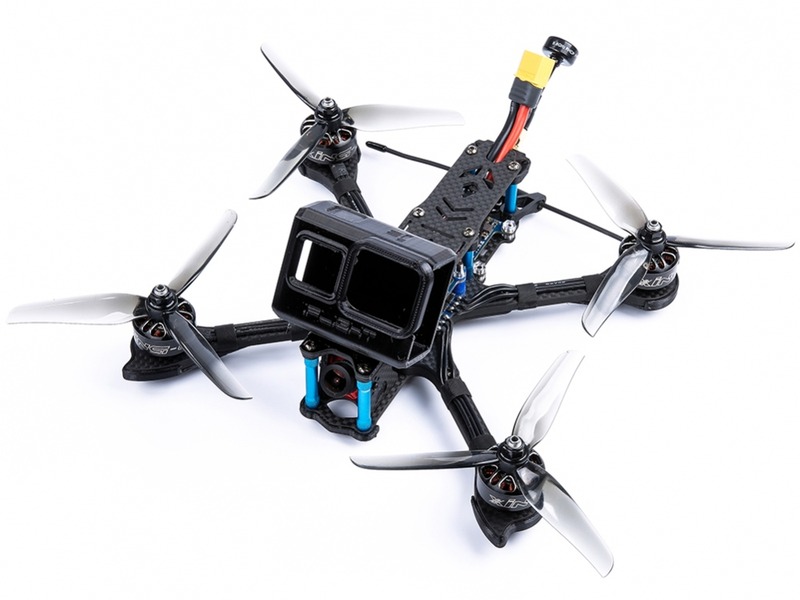Can a drone follow a car?

Yes, a drone can follow a car. Drones have become increasingly popular in recent years, and their capabilities have grown significantly. With the right equipment, they can be used for a variety of tasks, including following a car.
There are a few key components that are necessary for a drone to follow a car. First, the drone must be equipped with a GPS receiver. This allows the drone to track the car’s location and follow it. Additionally, the drone must be equipped with a camera. This allows the drone to take pictures or videos of the car as it moves. Finally, the drone must have a way to control its speed and altitude. This is important for keeping the drone at a safe distance from the car.
Once the drone is equipped with the necessary components, it can be programmed to follow the car. This is done by setting the drone’s GPS coordinates to the car’s location. The drone can then be programmed to follow the car at a certain speed and altitude. Additionally, the drone can be programmed to take pictures or videos at certain intervals.
The drone can also be programmed to avoid obstacles. This is important for safety, as the drone needs to be able to avoid obstacles such as trees, buildings, and other cars. Additionally, the drone can be programmed to land if the car stops for an extended period of time. This prevents the drone from running out of battery power while following the car.
In conclusion, a drone can follow a car. This is done by equipping the drone with a GPS receiver, a camera, and a way to control its speed and altitude. Once the drone is programmed, it can be used to follow the car at a safe distance and take pictures or videos. Additionally, the drone can be programmed to avoid obstacles and land if the car stops for an extended period of time.
Comments / Question
2. In the United States, the Federal Aviation Administration (FAA) has established restrictions on the use of drones for commercial purposes, including the use of drones to follow a car. The FAA requires that any commercial drone operations must be approved by the FAA prior to use.
3. Many states also have their own laws and regulations regarding the use of drones. For example, some states may require a special permit for the use of drones for surveillance or tracking.
4. It is also important to consider the privacy laws of the jurisdiction in which the drone is being used. In some countries, it is illegal to use drones to capture or record images of people or property without their consent.
5. Finally, it is important to follow all applicable laws and regulations when using a drone to follow a car. Ignoring these laws can lead to fines or even criminal charges.
2. Make sure to remain aware of your surroundings at all times, avoiding obstacles and onlookers.
3. Check the battery life of your drone before flying and ensure that you have a spare battery on hand.
4. Make sure the drone is flying within your line of sight and not too far away.
5. Fly the drone in good weather, avoiding strong winds and rain.
6. Ensure that the drone is registered if it is over a certain weight and use a GPS-based geofencing system to keep your drone within the legal limits.
7. Do not fly the drone over any airports, military bases, or other restricted areas.
8. Before taking off, check the drone for any loose parts and make sure the camera is firmly attached.
9. Have a plan of action in case the drone has a malfunction or loses connection with the app or remote.
10. Follow all local and federal laws when flying your drone.

